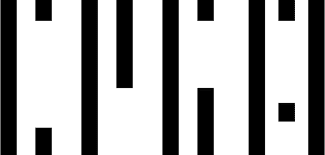With this choice Massimiliano Gioni is evoking the self-taught Italian-American artist Marino Auriti who on 16 November 1955 filed a design with the US Patent office depicting his Palazzo Enciclopedico. This imaginary museum was meant to house all worldly knowledge, bringing together the greatest discoveries … in a 136-story building that would stand 700 meters tall and take up over 16 blocks in Washington, D.C.
"Auriti’s plan was never carried out, of course, but the dream of universal, all-embracing knowledge crops up throughout history, as one that eccentrics like Auriti share with many other artists, writers, scientists, and prophets who have tried—often in vain—to fashion an image of the world that will capture its infinite variety and richness."
"These personal cosmologies, with their delusions of omniscience, shed light on the constant challenge of reconciling the self with the universe, the subjective with the collective, the specific with the general, the individual with the culture of her time. Today, as we grapple with a flood of information, such attempts to structure knowledge into all-inclusive systems seem even more necessary and even more desperate. The 55th International Exhibition of Art will explore these flights of the imagination in a show that—like Auriti’s Encyclopedic Palace—will combine works of contemporary art with historical artefacts and found objects…"
The exhibition will place at its heart "a reflection on the ways in which images have been used to organize knowledge and shape our experience of the world." Inspired by what scholar Hans Belting has called "an anthropology of images", the Biennale Arte 2013 will attempt "an inquiry in the realms of the imaginary and the functions of imagination."




